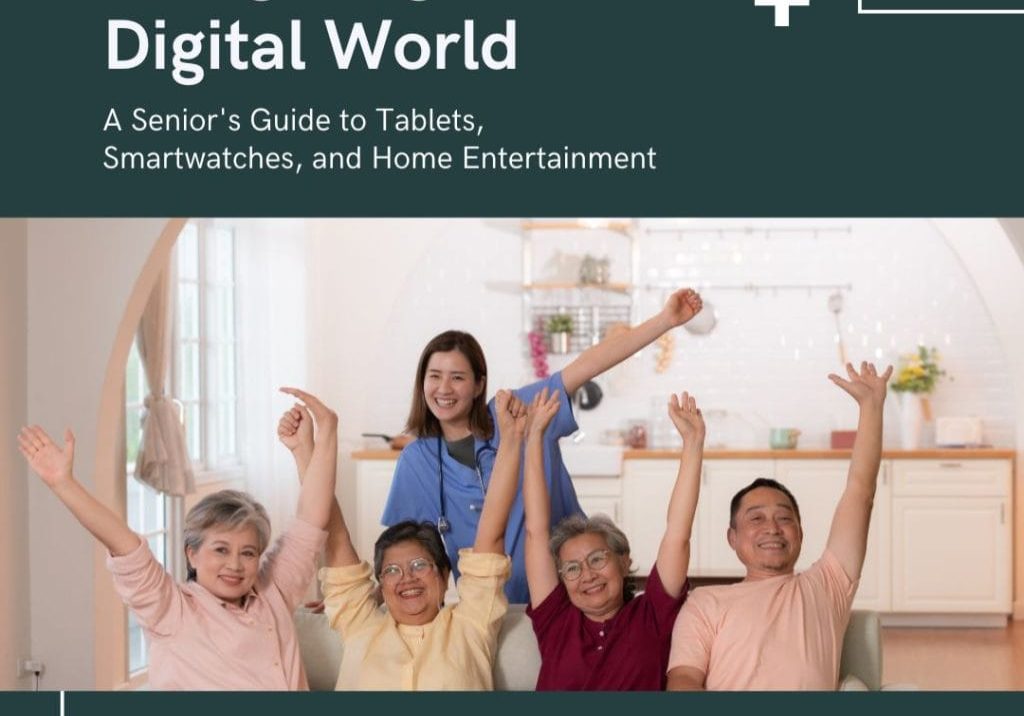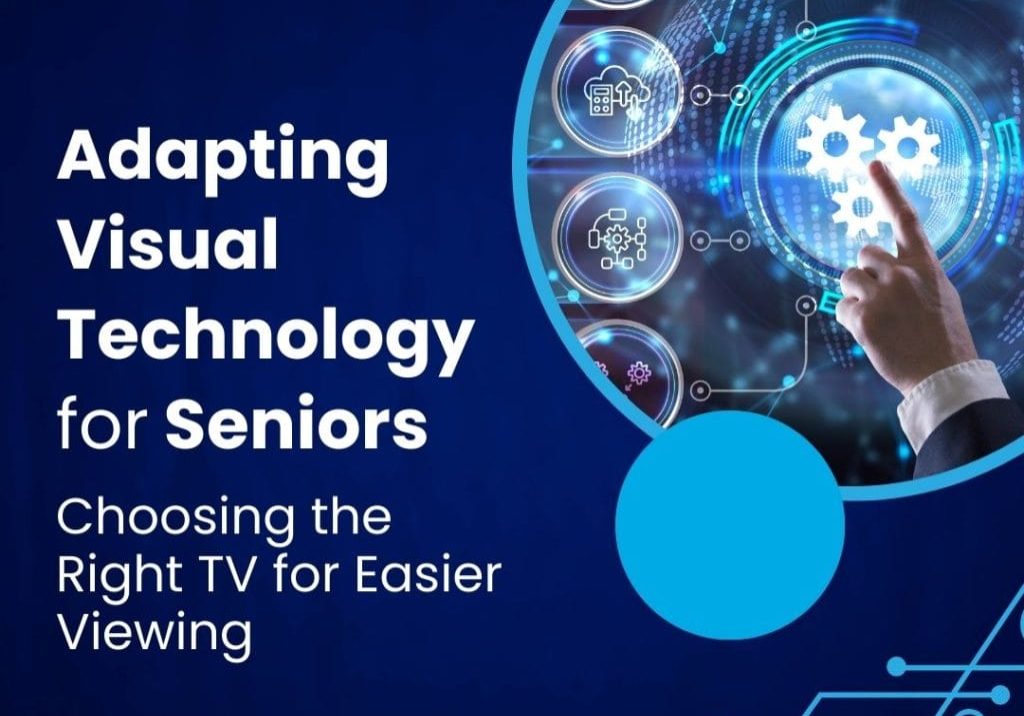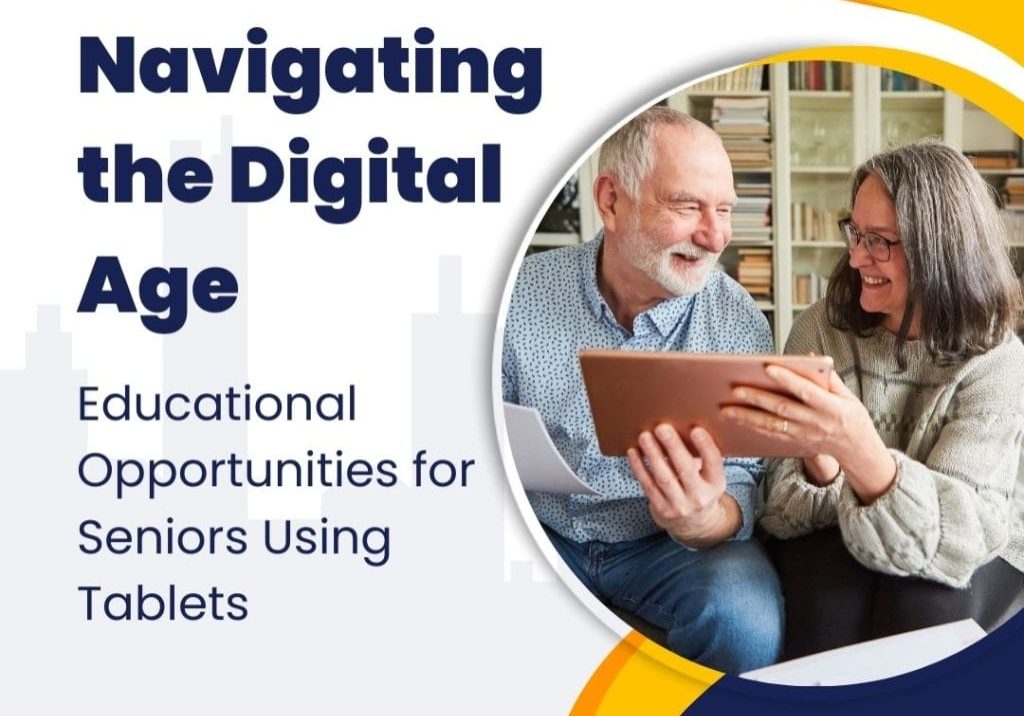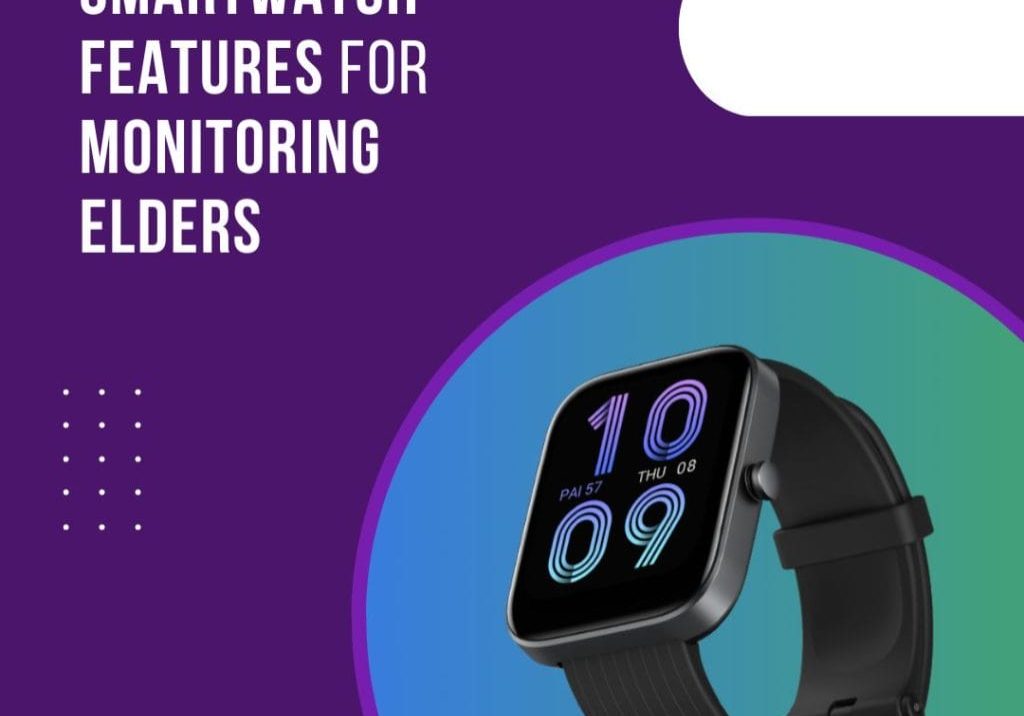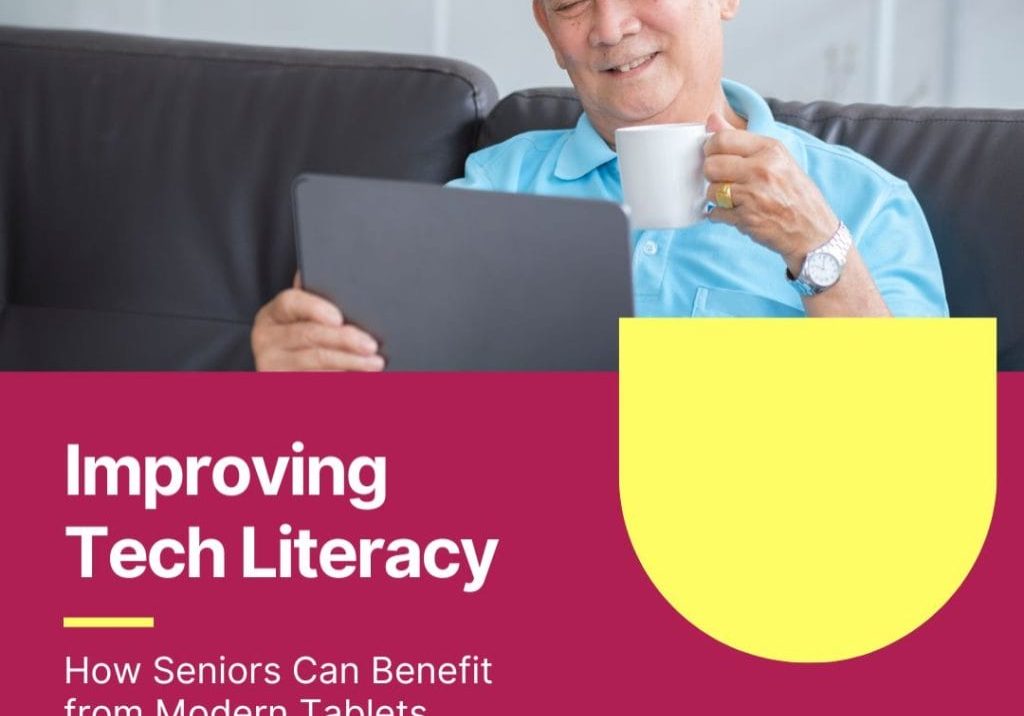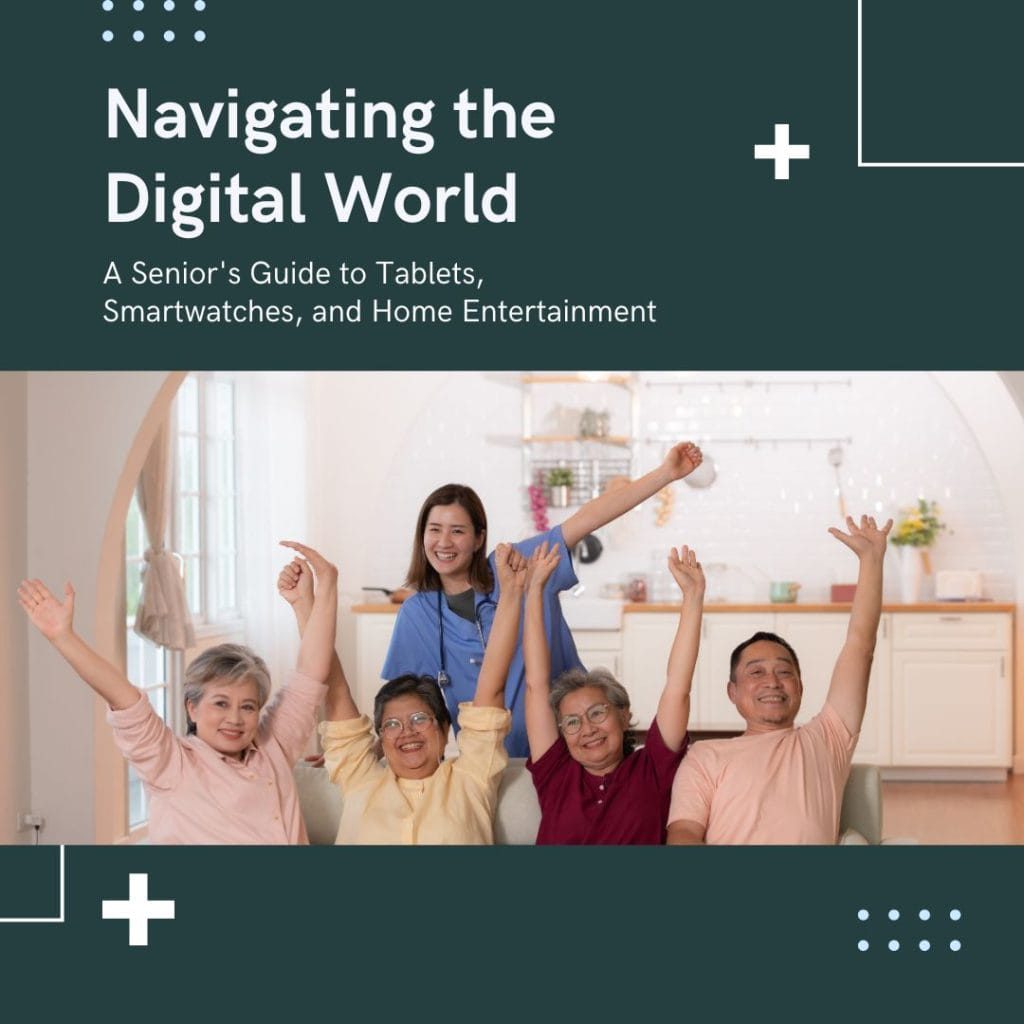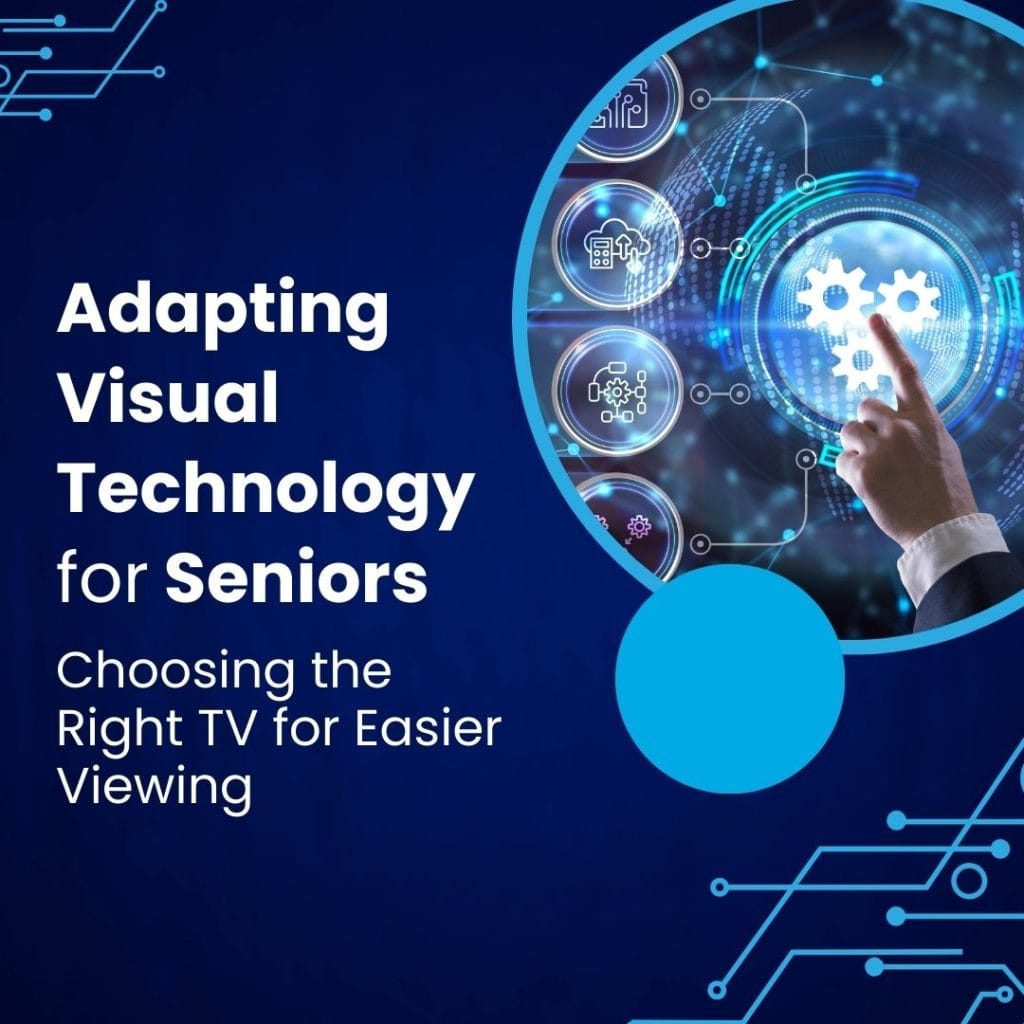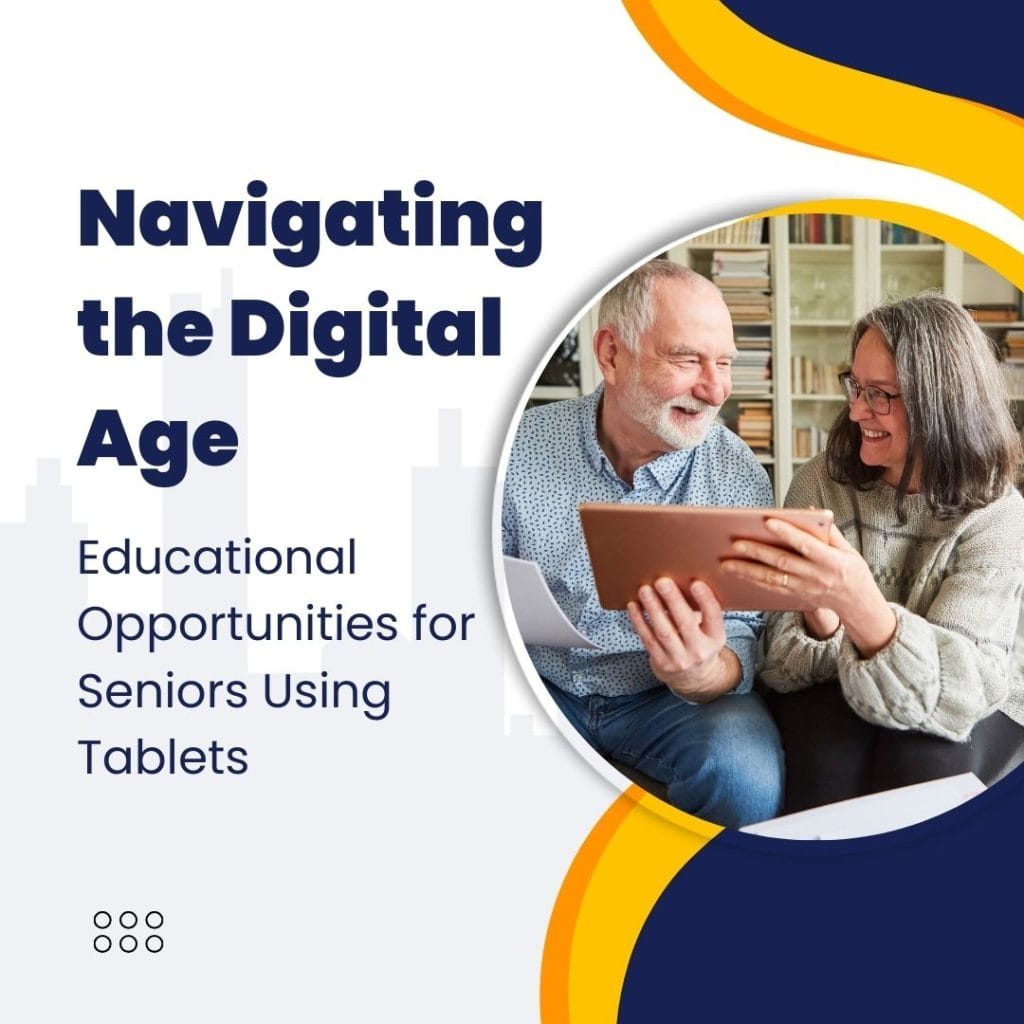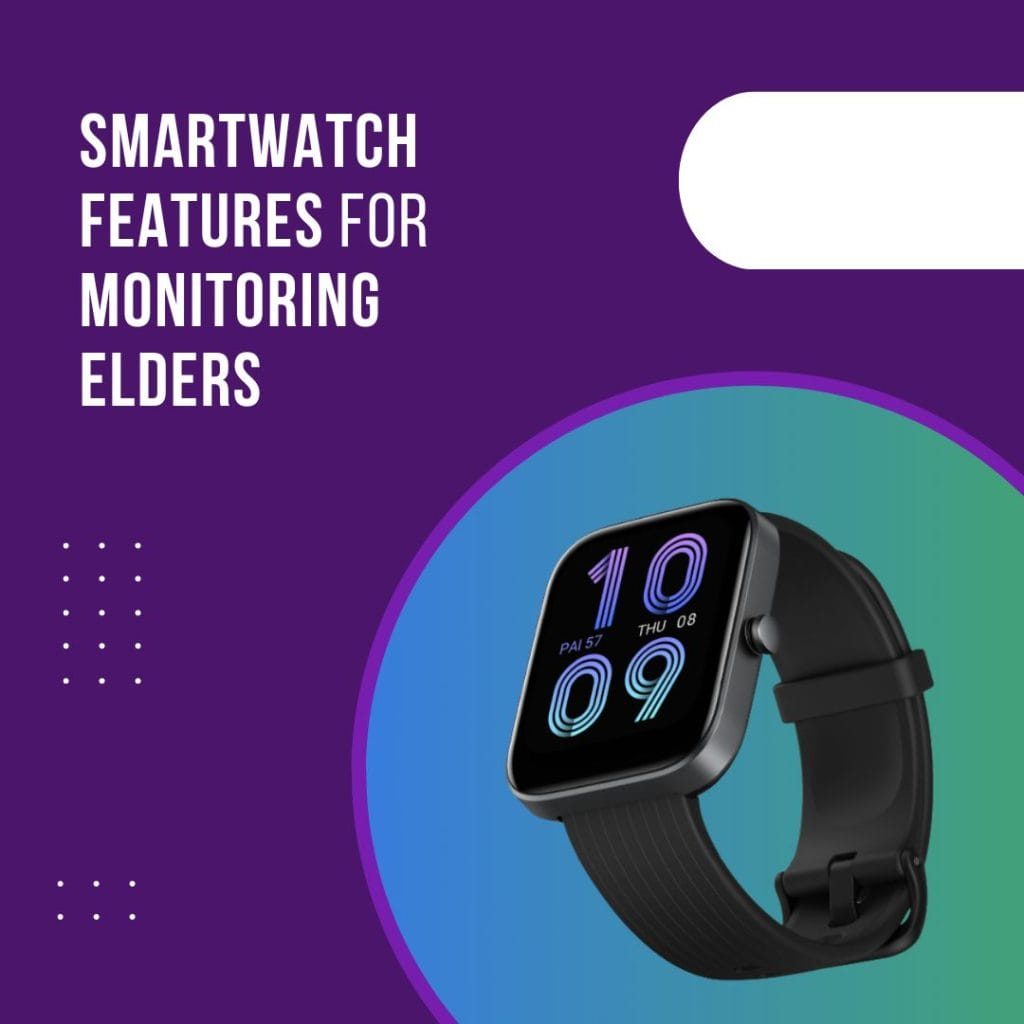As an administrator to an assisted living facility, you are familiar with the struggles that new residents face. Advances in technology are improving the lives of your residents and employees alike.
Many aspects of technology allow your residents and patients of senior living communities to:
- Be monitored more closely by their caregivers
- Stay in touch with their loved ones
- Provide a multitude of other services to make their daily activities easier and more entertaining
Continue reading if you want to enhance your residents’ lives by allowing them to live as independently as possible. This article goes into more detail about how modern-day technology improves the lives of everyone in your assisted living facility—from residents to caregivers.
Prevention is the Best Medicine – Technology Helps
Prevention is always better than dealing with medical issues afterward. With advancements in technology and artificial intelligence, we can now predict and prevent medical problems more effectively. The senior housing market is experiencing exponential growth due to the increasing population of individuals aged 65 and older. By 2050, it is projected that this population will double. This emphasizes the need for medical professionals to receive all the support they can get. New technologies and artificial intelligence can assist in relieving caregivers from time-consuming tasks, enabling them to focus on providing the best care possible to their patients.
Turning Over a New Leaf – Technically Speaking
In the past, older individuals used to be hesitant and resistant towards the rapidly evolving world of technology. However, more and more seniors are now embracing the latest technological advancements, finding comfort in the new ways of communication and daily living.
Technology has significantly enhanced the lives of those residing in assisted living and nursing facilities, offering improved opportunities and better methods for monitoring and communicating with residents and patients, ultimately leading to better caregiving.
Statistics reveal that around 90% of Americans are active online, with approximately 15% of internet users being 65 years old or above. That amounts to approximately 44 million seniors exploring the wonders of the world wide web! After considering these numbers, can we still say that technology is solely for the younger generation?
Removing the Stigma that Comes with Technology
You might be curious about how quickly your residents are adapting. As technology advances, so do the methods of learning how to use it. Many assisted living facilities offer classes to teach residents about the internet and associated devices.
Nurses and caregivers often take the time to instruct residents and patients until they feel confident using technology independently. Becoming comfortable with technology is a gradual learning process that requires time and sometimes considerable patience.
Regardless, technology is significantly enhancing the quality of life for those who have to leave the comfort of their homes and for those who care for them. Here are a few examples:
Assisted Living Technologies (ALT)
You might be curious about the true meaning of assisted living technologies. These technologies are specifically designed to enhance mobility and simplify daily tasks for residents, patients, and caregivers. By incorporating these technologies, individuals can regain their independence and enjoy a more normal lifestyle. This section will provide more in-depth information on the types of technologies employed and the benefits they offer to residents, patients, and their caregivers. With the help of modern-day technology, the use of which can significantly reduce falls, approximately 30% of such incidents can be prevented.
Preventing Slips and Falls
When taking care of multiple residents or patients, it can be challenging to keep track of someone who tends to wander or get up without assistance. Thankfully, bed and chair pads with sensors have been invented to alert caregivers when a person is getting up, allowing for quicker response to prevent accidents. Additionally, alarms with sensors for doors and windows can also be used to prevent wandering by providing an alert when they are being opened. Another method to prevent wandering is the use of motion detectors strategically placed to sense when a person swings their leg over the edge of the bed, notifying caregivers when someone is “out of bounds.”
Remote Monitoring/Emergency Response Systems
Resident units and patient rooms are being equipped with monitoring systems, along with wearable devices that can instantly alert the appropriate individuals in case of a fall or emergency. The pendant can detect falls through the shock it absorbs, triggering an alert to the proper authorities.
To ensure prompt response, nurse’s stations and caregiver’s areas are being equipped with a centralized monitoring system. Through this system, they can directly communicate and remotely monitor residents and patients using video surveillance when extra monitoring is required. The device also allows residents and patients to communicate directly with emergency response personnel.
One of the advantages of modern technology is that it enables family members to remotely monitor their loved ones’ care and well-being through video surveillance apps on their smart devices. This provides peace of mind for both the resident and their family members, knowing that they are being monitored.
Medication Management
For many individuals who need to take medications regularly, it can be a challenge to remember when and if they have taken their medicine. Fortunately, modern technology has introduced automatic medication dispensers that come with reminder alerts, making medication time much easier. Some pill dispensing systems even include wearable timers to help patients remember when it’s time to take their medication. These systems not only improve medication compliance but also enhance the effectiveness of the medications, leading to better overall results.
Safety Devices for Daily Tasks
Occasionally, we all experience moments of distraction. It is not unusual for seniors to unintentionally leave a burner or the oven on and temporarily forget about it. Unfortunately, this is often the cause of kitchen fires.
To mitigate the risk of fires, especially for those who are still independent and capable of cooking and performing basic household tasks, special sensors and alarms can be installed on kitchen appliances like stoves. These devices are designed to detect if a burner or the oven has been left on when it is no longer in use.
Health Monitoring
Some systems can be installed to monitor residents and patients while they are in their rooms. These systems detect things such as:
- Body temperature
- Fall indicators
- Heart rate
- Infrared images
- Motion sensors
- Respiratory rate
Artificial intelligence systems are being introduced that track the following things to learn an individual’s normal mannerisms so it can detect and prevent issues:
- Balance
- Gait
- Stride speed
- Walk speed
Eradicate Feelings of Isolation – Connect Online
One of the major benefits of integrating technology into the lives of individuals in assisted living and nursing facilities is the opportunity for an active and enriched social life. Relocating from one’s home and familiar routine can be highly stressful, leading to feelings of depression and anxiety. However, by connecting online, residents can maintain more frequent contact with their loved ones. The internet connectivity helps alleviate the sense of isolation often felt during the transition to a new environment. Consequently, assisted living and nursing facilities are increasingly establishing computer labs to cater to the growing demand for internet access and technological resources among their residents and patients.
Computer Labs
Computer labs provide a valuable resource to those who are using them. As mentioned above, most assisted living and nursing facilities offer classes that help residents and patients use the technology around them.
Getting online has other benefits:
- Connecting with old friends,
- Searching for information,
- Joining in on church services and other community activities to keep oneself entertained,
- Feeling like they are a part of something and not just being sent to a home to live out their remaining days
Some examples of what these classes teach are:
- Basic computer operating skills
- How to download apps and games
- How to get online and search the web
- How to send and check emails
- How to set up a social media account
- How to set-up an email address
- How to use a smartphone and/or tablet
- How to use an LTE watch
- How to video chat with family and friends
Other Ways of Being Entertained
Smart devices offer multitudes of apps and games that can be downloaded to keep senior citizens’ minds entertained and engaged for hours. Many of these applications offer ways for residents and patients to connect and interact with their friends for an added element of fun:
- Brain training games
- Jig-Saw Puzzles
- Match games
- Online books
- Trivia games
- Word Games
- Podcasts
Most assisted living facilities also have cable or satellite TV throughout the entire community, giving people another option for entertainment. If someone has impaired hearing or vision, closed captioning is available to read and describe what is going on.
Staying Fit with the Help of Technology
Our bodies are naturally designed for movement. Prolonged periods of inactivity can lead to muscle atrophy and weakness. Regular exercise promotes circulation and blood flow, reducing the risk of cardiovascular thrombosis (CVT). CVT occurs when blood clots dislodge and travel to the lungs, potentially causing severe complications like stroke or even death.
In the modern era, technology offers solutions to help individuals stay active. Wearable fitness tracking devices like Fitbit™ and exercise apps with instructional videos provide guidance and motivation to keep people on the move.
Virtual Appointments Make for Better Medicine
Assisted living and nursing facilities are benefiting from technological advancements in various ways. One notable example is the use of telehealth visits, which connect patients with their healthcare providers online. This feature allows for more frequent check-ups and convenient monitoring of routine issues and chronic medical conditions. By avoiding in-person doctor visits, individuals can save time, money, and the hassle of traveling and waiting in a crowded waiting room. This streamlined approach addresses medical concerns efficiently, reducing both pain and stress.
Order Up! Ordering, Delivery, and Smart Farming
When transitioning to an assisted living facility, it’s important for individuals to maintain their regular lifestyle and eating habits as much as possible. With the help of smart devices, people can conveniently order a wide variety of food and have it delivered straight to their door. Smart devices also offer additional features such as making restaurant reservations, ordering groceries for delivery, and providing new recipe ideas for those who still enjoy cooking. Many assisted living facilities now offer vegan options and encourage residents to participate in nutrition and sustainability. Residents can actively contribute to the care of on-site smart gardens and greenhouses, which use automated processes to grow fresh food for those seeking a greener lifestyle.
How Technology Helps Caregivers and Staff
If you’re curious about how technology can benefit medical professionals and staff in assisted living or nursing facilities, there are many gadgets available for better monitoring of residents and patients.
For instance, sensors and alarms are used to notify medical staff when someone attempts to get up or move around without assistance, reducing the risk of slips, falls, and individuals with Alzheimer’s wandering off. Various monitoring devices can also be connected to smartphones or directly transmitted to medical professionals for necessary information.
By leveraging these technologies, the safety and well-being of residents and patients can be significantly improved.
- Basic vital signs
- Heart rate
- Blood sugar levels
There are also apps designed for medical professionals and caregivers that can answer questions and give recommendations for the treatment of general issues.
Sanitizing for Safety with the Help of Technology
Following proper sanitization protocols is crucial for maintaining the health of everyone. A clean environment promotes good health. With the advancements in technology, new cleaning and sanitizing techniques are being introduced to create a safe living and working space for residents, patients, and caregivers. One such innovative method involves the use of UVC lighting alongside traditional cleaning methods to effectively eliminate germs and bacteria that can be transmitted to others.
The Virtues of a Virtual Assistant
The use of virtual assistants like Siri™, Alexa™, or Google™ is increasingly popular. These assistants are particularly useful for individuals with visual impairments. With a simple voice command, one can easily obtain weather forecasts for the upcoming week or access any information they need. Virtual assistants also serve as a valuable communication tool for family members who cannot visit regularly, allowing them to check on their loved ones’ well-being. Moreover, residents can enjoy added entertainment by having virtual assistants read aloud to them.
- Articles from the web
- Books
- News
- Stories
This also helps keep the resident’s cognitive functions engaged.
Appointments and Reminders – No Longer Forget
As we get older, it’s common to experience difficulties in remembering dates and times of appointments or events. Fortunately, with the advent of smartphones and other modern devices, we no longer have to rely solely on our memory for every detail.
These devices provide applications that can send reminders for doctor’s appointments or important birthdays of our grandchildren. They also prove to be very useful for individuals who need to take medication regularly. By using these devices, people can easily set schedules and alarms to ensure they don’t miss any doses.
AI Health Monitoring: The Way of the Future
Monitoring residents and patients using artificial intelligence technology is quickly becoming a necessary course of action that improves the quality of life for:
- Residents
- Patients
- Caregivers
- Family members
Artificial intelligence is being used in facilities worldwide to make up for a shortage of skilled caregivers. Using artificial intelligence along with other new technologies makes for better overall healthcare. Doctors, caregivers, and family members can be alerted right away when there is an issue, and it can be dealt with quickly.
AI Reduces Stress and Worry for Family Members
Having the ability to monitor the daily activities and well-being of a loved one is one of the major advantages of utilizing modern technologies. Granting family members access to artificial intelligence and remote monitoring not only keeps the facility accountable for providing optimal care to each resident or patient but also allows caregivers to share messages and photos with family members, which is particularly beneficial for those who are geographically distant from the facility.
AI Companions and Helpers
There are already robots that have been specifically designed to provide companionship and engage in conversations with individuals. Their purpose is not to replace human interaction and socialization, but rather to assist individuals with daily tasks and offer a certain level of companionship. These companion robots can be of great help to residents and patients who face challenges in communication, and they also offer a wide range of services such as reminders.
- To take medication
- Of appointments
- Of other scheduled events
Companion robots will be able to monitor a resident or patient’s health and alert the proper authorities if there is an issue. Artificial intelligence companions and wearable devices will also learn:
- An individual’s behaviors
- The way they speak and move
- Can notify the proper authorities if they notice any change in their usual activities
Wearable devices are also great for when a patient is in immediate need because they can push a button, and the caregiver or emergency response personnel can pinpoint their exact location and get to them quickly.
AI Connecting Residents Socially
Assisted living facilities can leverage artificial intelligence to connect residents based on their profiles and shared interests. This innovative feature facilitates a smoother transition into their new home and helps combat feelings of isolation. Additionally, AI can enhance social connections among residents and patients by coordinating social calendars and events. Instead of relying on physical boards, residents can conveniently browse and create their own schedules through smart technology.
Better Caregiver Quality, Productivity, and Morale
By leveraging artificial intelligence, caregivers can enhance their productivity and quality of work. This is achieved through the reduction of paperwork and time-consuming tasks that often detract from their ability to provide genuine care to individuals. Additionally, AI can assist medical professionals and caregivers in effectively tracking their hours and wages. The nursing and caregiving field experiences a high turnover rate, primarily due to low pay and the extensive administrative workload that goes beyond patient care.
Current EHRs Soon to be a Thing of the Past
The introduction of electronic health records (EHRs) in 1972 has greatly benefitted the medical field. However, the lack of integration among different software used by medical facilities can lead to delays, loss, or misinterpretation of medical information.
Artificial intelligence has the potential to revolutionize healthcare by providing all medical professionals and caregivers with access to comprehensive medical records and history, enabling them to make informed decisions. AI can simplify the documentation and tracking of medication intake, resulting in more accurate records.
Considering that approximately 75% of senior citizens have multiple chronic conditions, caregivers often face a significant amount of documentation. AI can automate mundane tasks, allowing for improved and personalized care.
Avoiding Spams and Scams – Don’t Be Fooled
We’ve all heard the age-old saying, “If it sounds too good to be true, it probably is.” As more senior citizens embrace technology, there’s a rise in scammers targeting them. It’s crucial to protect your residents and patients from falling victim to these scams. Scammers often resort to intimidation tactics, claiming that failure to pay a certain amount over the phone will result in trouble with law enforcement or financial institutions like the FBI or IRS. Unfortunately, this is a harsh reality that occurs daily. These unscrupulous individuals are stealing seniors’ life savings. It’s important for seniors to exercise caution when visiting websites and sharing personal information. Remember, reputable sources will never call or email to ask for personal information or request money.
Patience, Understanding, and Acceptance
When encountering an individual who resists or fears new technology due to lack of understanding, it is important to exhibit patience, kindness, and empathy. Taking the time to demonstrate the usage of smart devices and allowing them to adapt to their new surroundings is crucial.
Once explanations have been provided and sufficient learning time has been given, most senior citizens tend to embrace and accept the modern technology available.
Since there is no turning back, it is in our best interest to adapt and function efficiently in this era of advanced technology.
AI Technology to Prevent Leaving Home
With increasing research and development, artificial intelligence appears to hold the potential to revolutionize the field of medicine and healthcare. In the future, individuals may have the option to install smart technology and AI systems in their homes, offering the possibility of prolonging or even avoiding the need for assisted living or nursing facilities.
AI and New Technology Equals Better Healthcare
The idea of a machine or robot taking care of a human can evoke apprehension among caregivers and those receiving care. There might be worries that a machine cannot offer the same level of care as a human. However, embracing these new technologies and leveraging their advantages enables doctors and caregivers to deliver top-notch and individualized care to their residents and patients.
Contact GrooveTechnology Solutions for the Best Technology Solutions
At Groove Technology Solutions, we are dedicated to ensuring the independence of residents in your assisted living facility by leveraging today’s technology solutions. Our user-friendly technology is designed to empower residents and help them maintain their independence. We take pride in delivering the most friendly and responsive customer service to businesses across all 50 states. With countless happy clients, discover the Groove Technology Solutions difference today. Contact us to explore how we can enhance your business.

